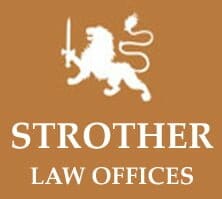Land Use and Zoning Law (2009 Annual Survey of Virginia Law)
By: Philip C. Strother and Matthew R. Farley
I. Introduction
Responsible land use and zoning are an integral part of every locality’s role in government. Throughout the twentieth century, Virginia legislation made clear that zoning and other land use controls are well within the police power of local government. Each Virginia locality has a comprehensive plan: a blueprint that guides the course of development.[1] Development rights in each locality are determined by local zoning and subdivision ordinances.[2] Each locality also has administrative boards – Boards of Supervisors (“BOS”), Boards of Zoning Appeals (“BZA”), and planning commissions to resolve planning and zoning disputes.[3] All of these structures are necessarily idiosyncratic, and each locality has the power to guide planning within its own borders.
However, the General Assembly controls the authority originally granted to localities, directly managing the scope of counties’ reach and modifying the power granted to cities by altering their charters.[4] Further, Virginia follows Dillon’s Rule, which forbids local government from imposing stricter limitations on development than the General Assembly has authorized in the Virginia Code.[5] Both of these factors contribute to the complex nature of land use, zoning, and planning in Virginia.
Not since its twenty-fifth volume has the Annual Survey of Virginia Law featured a separate article on land use and zoning.[6] Instead, this topic has been covered by articles on real estate law, and, to a degree, civil practice and procedure. The Annual Survey‘s coverage of land use and zoning decisions, then, has been understandably spotty and fragmented. As such, this article will discuss select judicial decisions from the past three years, not simply 2009. In addition, this article will survey recent legislation in the realm of land use and zoning.
The full annual survey is available here.
